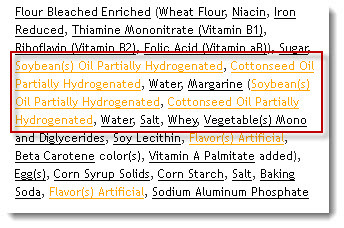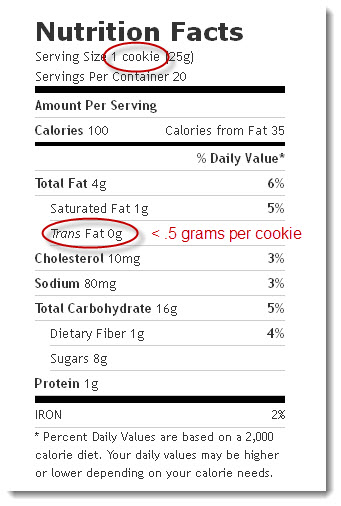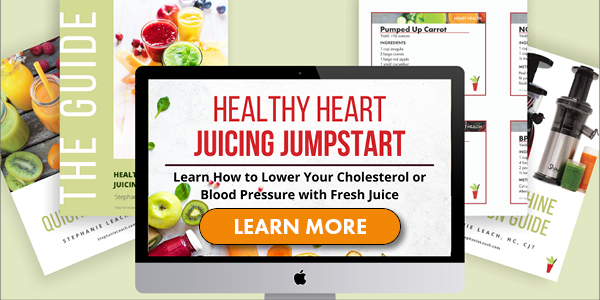This week the dangers of cookie dough hit the newswires. A report on the 2009 E. Coli outbreak, published by the Centers for Disease Control and Prevention, warned that “you shouldn’t eat cookie dough raw, no matter where it comes from.”
People have been (unwisely) sneaking bites of raw cookie dough for generations. So what happened to warrant a CDC warning?
Packaged, processed raw cookie dough happened. Dangerous bacteria got into the product, and 77 people in 30 states became ill, with 35 of them ending up in the hospital. And 3.6 million packages of cookie dough were recalled.
No one knows exactly which ingredient caused the problem. The lead investigator explained that it could have been the flour since it is not processed beforehand, like the pasteurized eggs, molasses, sugar, and baking soda are. Because people will likely continue to eat raw cookie dough, the CDC recommends that manufacturers make even raw cookie dough safe to eat.
That got me to thinking about the actual ingredients in packaged, processed raw cookie dough. Could there be other dangers lurking?

Nestle Toll House Sugar Cookies Refrigerate Cookie Dough Ingredients
A quick review of the ingredient label on a popular ready-to-bake product revealed a serious health threat. Trans-fats galore! This package had no less than 4 different kinds of partially hydrogenated oils – trans fats. Trans fat is known to increase bad LDL cholesterol and lower good HDL, and is a major contributor to coronary heart disease (CHD.) According to the National Institutes of Health, CHD is the leading cause of death for men and women in the US.
“Trans fat from partially hydrogenated vegetable oil is a toxic substance that does not belong in food.” – Dr. Walter Willet, Chairman of Nutrition at the Harvard School of Public Health.
So how do they get away with putting “Trans Fat 0g” on their packaging?
The current FDA policy regarding trans fat labeling is misleading, allowing foods that contain less than 0.5 grams of fat per serving to be labeled as zero grams of fat. This means that any packaged product that has .49 grams of trans fat per serving can be labeled as zero.

Nestle Toll House Sugar Cookies Refrigerated Cookie Dough Nutrition Facts
Note that the serving size is one cookie. Who eats one cookie?
Let’s say you ate 3 cookies containing .49 grams of trans fat, totaling 1.47 grams. This amount exceeds the “recommended intake” maximum of 1.11 grams a day. According to research, consuming just 2 to 4.67 grams of trans fat will increase a person’s cardiovascular disease risk by a whopping 30 percent!
The health dangers lurking in packaged, processed foods are real. If we want good health, we absolutely must read the ingredients list to be informed consumers.
I grew up with real cookie dough. And likely you did too. The kind where your mom helped you measure the flour and crack the eggs – and you could only lick the beaters if it was icing. Seems like that’s how it should be.
What about you? Are you concerned about hidden trans fat?









Leave A Comment